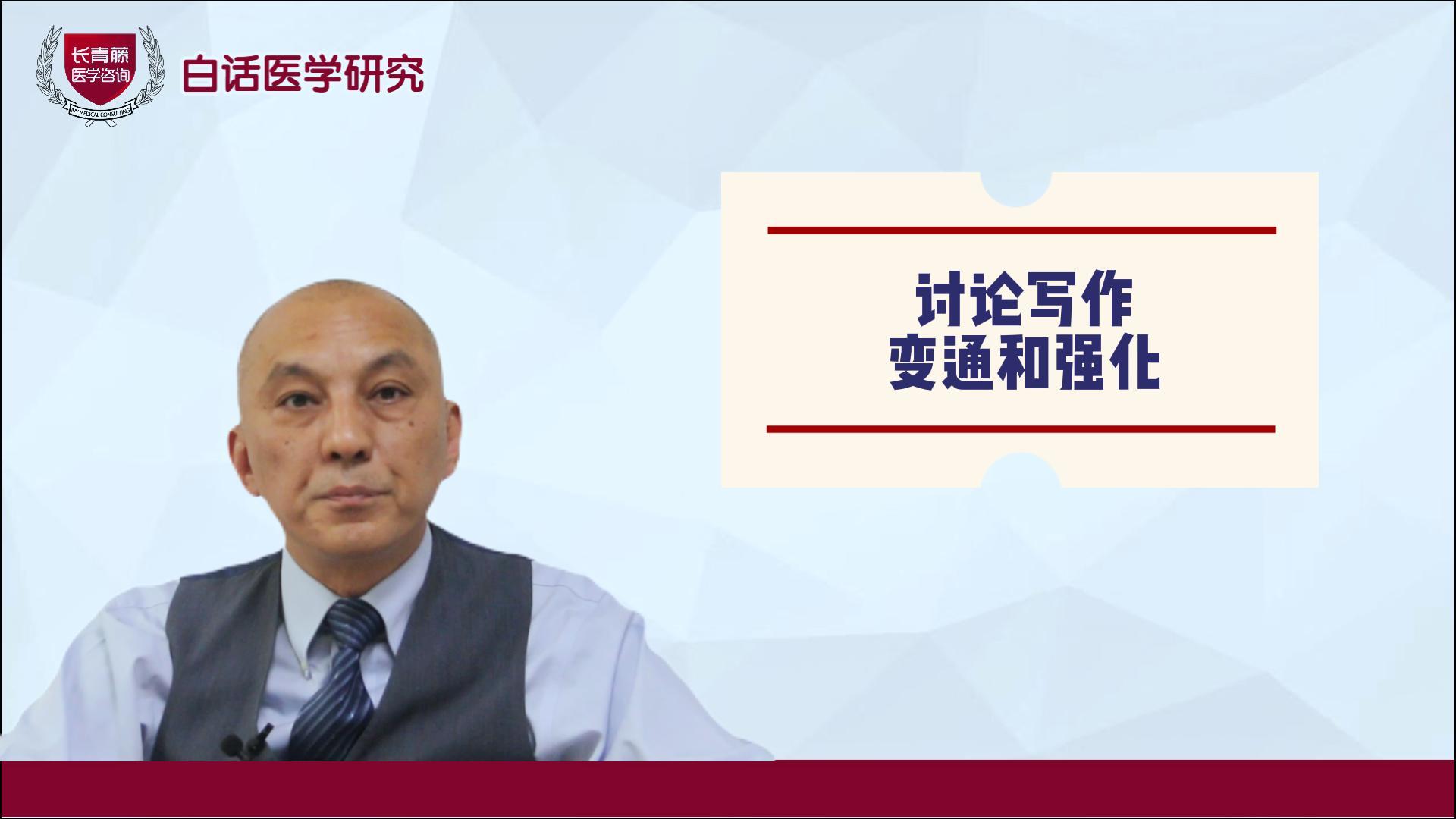1970-01-01

Predictors of sudden cardiac death and appropriate shock in the Comparison of Medical Therapy, Pacing, and Defibrillation in Heart Failure (COMPANION) Trial. · Saxon LA, · Bristow MR, · Boehmer J, · Krueger S, · Kass DA, · De Marco T, · Carson P, · DiCarlo L, · Feldman AM, · Galle E, · Ecklund F. Keck School of Medicine, University of Southern California, Los Angeles, CA, USA. saxon@usc.edu
BACKGROUND: The factors that determine the risk for sudden death or implantable cardioverter defibrillator therapy in patients receiving cardiac resynchronization therapy (CRT) therapies are largely unknown.
METHODS AND RESULTS: We hypothesized that clinical measures of heart failure severity and the presence of comorbid conditions would predict the risk of malignant arrhythmias in the 1520 patients enrolled in the Comparison of Medical Therapy, Pacing, and Defibrillation in Heart Failure (COMPANION) Trial. Outcomes in the CRT group after implantable cardioverter defibrillator therapy were also evaluated. The CRT-defibrillator device reduced the risk of sudden death by 56% compared with drug therapy (17 of 595 [2.9%] versus 18 of 308 [5.8%], P<0.02). CRT therapy was not associated with sudden death risk reduction (48 of 617 [7.8%]). Other factors associated with reduced sudden death risk were left ventricular ejection fraction >20% (HR, 0.55 [95% CI, 0.35 to 0.87]; P=0.01), QRS duration >160 ms (HR, 0.63 [95% CI, 0.40 to 0.997]; P=0.05), and female gender (HR, 0.56 [95% CI, 0.34 to 0.94]; P=0.003). The risk for sudden death was increased by advanced New York Heart Association class IV heart failure (HR, 2.62 [95% CI, 1.61 to 4.26]; P<0.011) and renal dysfunction (HR, 1.69 [95% CI, 1.06 to 2.69]; P=0.03). An appropriate shock was experienced in 88 (15%) of the 595 CTR-D patients. In the CRT-defibrillator patients, female gender (HR, 0.54 [95 % CI, 0.31 to 0.94]; P=0.03) and use of neurohormonal antagonists were associated with reduced risk. Class IV heart failure status increased risk. Appropriate implantable cardioverter defibrillator therapy was positively associated with risk of death or all-cause hospitalization (HR, 1.57; P<0.002), pump failure death or hospitalization (HR, 2.35; P<0.001), and sudden death (HR, 2.99; P=0.03), but not total mortality (HR, 1.3; P=0.28).
CONCLUSIONS: In CRT candidates, sudden cardiac death risk is associated with higher New York Heart Association class and renal dysfunction. In CRT-defibrillator recipients, reduction in the risk of an appropriate shock is associated with medical therapy with neurohormonal antagonists, female gender, and New York Heart Association functional class III versus IV clinical status. Shock therapy was associated with worse outcome. 1: J Am Coll Cardiol. 2005 Dec 20;46(12):2329-34. Links Mode of death in advanced heart failure: the Comparison of Medical, Pacing, and Defibrillation Therapies in Heart Failure (COMPANION) trial. · Carson P, · Anand I, · O"Connor C, · Jaski B, · Steinberg J, · Lwin A, · Lindenfeld J, · Ghali J, · Barnet JH, · Feldman AM, · Bristow MR. Division of Cardiology, Veterans Affairs Medical Center, Washington, DC 20422, USA. Peter.Carson@med.va.gov
OBJECTIVES: The aim of this study was to evaluate the mode of death in patients with advanced chronic heart failure (HF) and intraventricular conduction delay treated with optimal pharmacologic therapy (OPT) alone or OPT with biventricular pacing to provide cardiac resynchronization therapy (CRT) or CRT + an implantable defibrillator (CRT-D). BACKGROUND: Limited data are available on mode of death in advanced HF. No data have existed on mode of death in these patients who also have an intraventricular conduction delay and are treated with CRT or CRT-D.
METHODS: Using prespecified definitions and source materials, seven cardiologists assessed mode of death among the 313 deaths that occurred in the Comparison of Medical, Pacing, and Defibrillation Therapies in Heart Failure (COMPANION) trial. RESULTS: A primary cardiac cause was present in 78% of deaths. Pump failure (44.4%) was the most common mode of death followed by sudden cardiac death (SCD) (26.5%). Compared with OPT, CRT-D significantly reduced the number of cardiac deaths (38%, p = 0.006), whereas CRT alone was associated with a non-significant 14.5% reduction (p = 0.33). Both CRT and CRT-D tended to reduce pump failure deaths (29%, p = 0.11 and 27%, p = 0.14, respectively). The CRT-D significantly reduced SCD (56%, p = 0.02), but CRT alone did not. CONCLUSIONS: Pump failure deaths are the predominant mode of death in patients with advanced HF and are modestly reduced by both CRT and CRT-D. Only CRT-D reduced SCD and thus produced a favorable effect on cardiac mortality. 1: J Am Coll Cardiol. 2005 Dec 20;46(12):2311-21. Links Comment in: J Am Coll Cardiol. 2005 Dec 20;46(12):2322-4. J Am Coll Cardiol. 2006 Sep 19;48(6):1283. Cost effectiveness of cardiac resynchronization therapy in the Comparison of Medical Therapy, Pacing, and Defibrillation in Heart Failure (COMPANION) trial. · Feldman AM, · de Lissovoy G, · Bristow MR, · Saxon LA, · De Marco T, · Kass DA, · Boehmer J, · Singh S, · Whellan DJ, · Carson P, · Boscoe A, · Baker TM, · Gunderman MR. Department of Medicine, Jefferson Medical College, Philadelphia, Pennsylvania 19107, USA. arthur.feldman@jefferson.edu
OBJECTIVES: The analysis goal was to estimate incremental cost-effectiveness ratios (ICERs) for the Comparison of Medical Therapy, Pacing, and Defibrillation in Heart Failure (COMPANION) trial patients who received cardiac resynchronization therapy (CRT) via pacemaker (CRT-P) or pacemaker-defibrillator (CRT-D) in combination with optimal pharmacological therapy (OPT) relative to patients with OPT alone. BACKGROUND: In the COMPANION trial, CRT-P and CRT-D reduced the combined risk of all-cause mortality or first hospitalization among patients with advanced heart failure and intraventricular conduction delays, but the cost effectiveness of the therapy remains unknown.
METHODS: In this analysis, intent-to-treat trial data were modeled to estimate the cost effectiveness of CRT-D and CRT-P relative to OPT over a base-case seven-year treatment episode. Exponential survival curves were derived from trial data and adjusted by quality-of-life trial results to yield quality-adjusted life-years (QALYs). For the first two years, follow-up hospitalizations were based on trial data. The model assumed equalized hospitalization rates beyond two years. Initial implantation and follow-up hospitalization costs were estimated using Medicare data. RESULTS: Over two years, follow-up hospitalization costs were reduced by 29% for CRT-D and 37% for CRT-P. Extending the cost-effectiveness analysis to a seven-year base-case time period, the ICER for CRT-P was 19,600 dollars per QALY and the ICER for CRT-D was 43,000 dollars per QALY relative to OPT. CONCLUSIONS: For the COMPANION trial patients, the use of CRT-P and CRT-D was associated with a cost-effectiveness ratio below generally accepted benchmarks for therapeutic interventions of 50,000 dollars per QALY to 100,000 dollars per QALY. This suggests that the clinical benefits of CRT-P and CRT-D can be achieved at a reasonable cost. 1: J Clin Rheumatol. 2004 Jun;10(3):105-109. Links Metabolic Syndrome and Ischemic Heart Disease in Gout. · Vazquez-Mellado J, · Garcia CG, · Vazquez SG, · Medrano G, · Ornelas M, ·
百度浏览 来源 : 国际循环
版权声明:本网站所有注明来源“医微客”的文字、图片和音视频资料,版权均属于医微客所有,非经授权,任何媒体、网站或个人不得转载,授权转载时须注明来源:”医微客”。本网所有转载文章系出于传递更多信息之目的,且明确注明来源和作者,转载仅作观点分享,版权归原作者所有。不希望被转载的媒体或个人可与我们联系,我们将立即进行删除处理。 本站拥有对此声明的最终解释权。





发表评论
注册或登后即可发表评论
登录注册
全部评论(0)